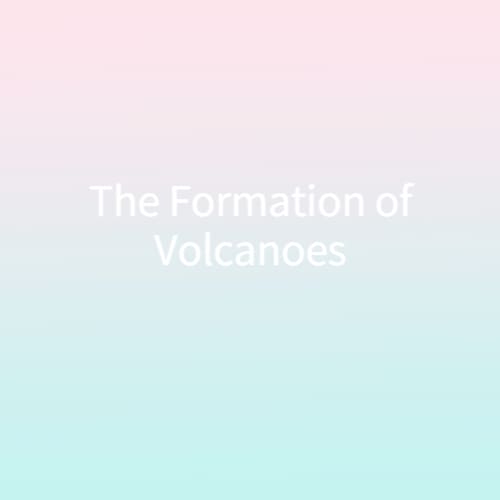
Volcanoes are born from a dynamic process originating deep within the Earth's crust. The Earth's lithosphere comprises vast tectonic plates, which, through their movement, initiate volcanic activity through various mechanisms.
Understanding Magma Formation
A pivotal element in volcano formation is magma, a molten concoction of rock, gases, and minerals lurking beneath the Earth's surface. Magma arises from the melting of rocks within the mantle due to extreme temperatures and pressure. As magma ascends towards the crust, it often accumulates in subterranean chambers, priming the stage for volcanic eruptions.
The Influence of Plate Tectonics
Plate tectonics exert a profound influence on volcano genesis. When tectonic plates converge, one may plunge beneath the other in a process called subduction. This subduction generates intense heat and pressure, inducing plate melting and magma formation. Subsequently, magma ascends through the crust, culminating in volcanic eruptions.
Exploring Volcano Varieties
The world hosts diverse types of volcanoes, each shaped by unique formation mechanisms. Shield volcanoes, characterized by their broad, gently sloping profiles, arise from the effusion of low-viscosity lava. In contrast, stratovolcanoes, distinguished by their steep, conical shapes, emerge from alternating layers of lava and ash. Cinder cone volcanoes, with their steep sides and crater-like vents, stem from the accumulation of ejected rock fragments.
The formation of volcanoes entails a multifaceted interplay of tectonic plate movement, magma genesis, and volcanic material ejection. A comprehensive understanding of these processes is indispensable for forecasting volcanic activity and mitigating associated risks, particularly for communities residing in proximity to these natural marvels.